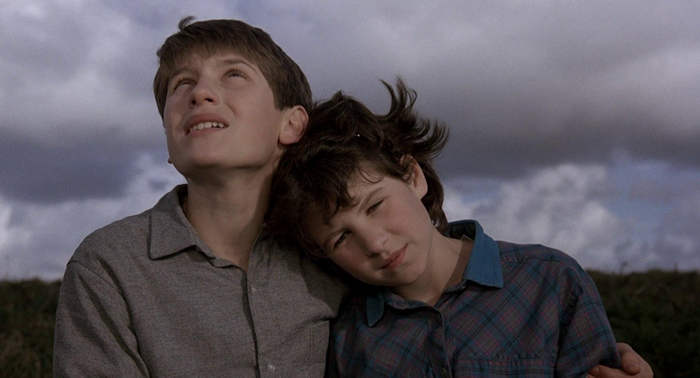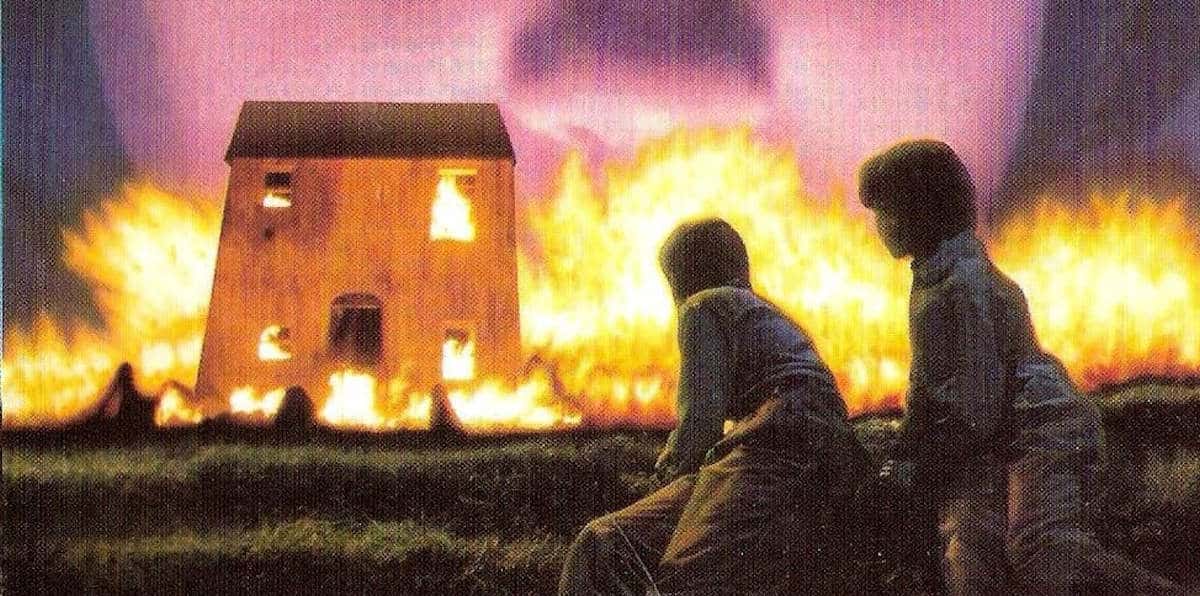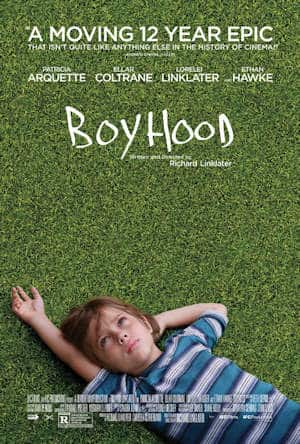 Richard Linklater is a great author and director and I love Patricia Arquette. Ethan Hawke is well, just Ethan Hawke, and Ellar Coltrane is cute, but why all the hype about Boyhood?
Richard Linklater is a great author and director and I love Patricia Arquette. Ethan Hawke is well, just Ethan Hawke, and Ellar Coltrane is cute, but why all the hype about Boyhood?
Twenty-one of the most recognised film critics rate this film 100/100! I’m talking about amongst others, the likes of Rolling Stone, Roger Ebert (rest his soul) and the Wall Street Journal.
Richard Linklater’s trilogy of Before Sunrise, Before Sunset and Before Midnight, had a sense of anticipation, foreboding and closure where unfortunately Boyhood lacked that structure. Rather watch Hope and Glory (1987) or Jungle Child (2011), I say.
No award from me
The film won one Oscar for Patricia Arquette’s performance (I told you that I liked her!) and another 169 awards. It also got nominated for another 202 awards and got none from me.

So, here’s the story-line (as published by the IFC):
“Filmed over 12 years with the same cast, Richard Linklater’s Boyhood is a ground-breaking story of growing up as seen through the eyes of a child named Mason (a breakthrough performance by Ellar Coltrane), who literally grows up on screen before our eyes. Starring Ethan Hawke and Patricia Arquette as Mason’s parents and newcomer Lorelei Linklater as his sister Samantha, Boyhood charts the rocky terrain of childhood like no other film has before.
Boyhood Trailer
Snapshots of adolescence, from road trips and family dinners to birthdays and graduations and all the moments in between, become transcendent, set to a soundtrack spanning the years from Coldplay’s Yellow to Arcade Fire’s Deep Blue. Boyhood is both a nostalgic time capsule of the recent past and an ode to growing up and parenting.”
Linklater’s method of production was essentially to make several 10 to 15 minute short films over the course of 12 years, each depicting an aspect of Mason’s childhood, and then edit them together as a feature film.
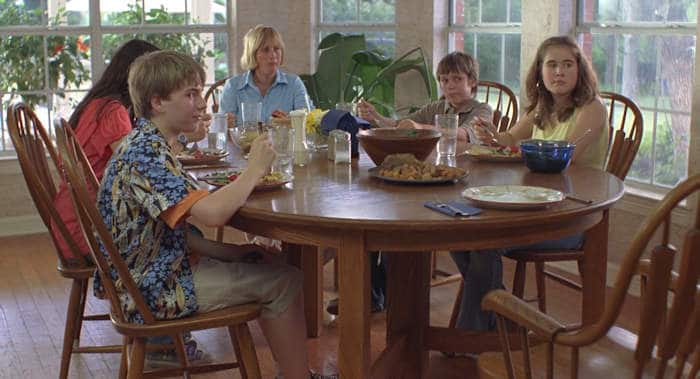
Comparing Boyhood to films like Ciske De Rat (1984), or Jungle Child (2011) is like a comparison between a homeopathic remedy and allopathic medicine. For the former to work, you have to believe in it, but the latter has merits of its own despite personal opinion.
I have watched Boyhood twice on my own and once with company and our conclusion is that European cinema (French in particular) can do more in five minutes than Linklater did in 165 minutes with Boyhood. Just consider François Truffaut’s The 400 Blows alone.
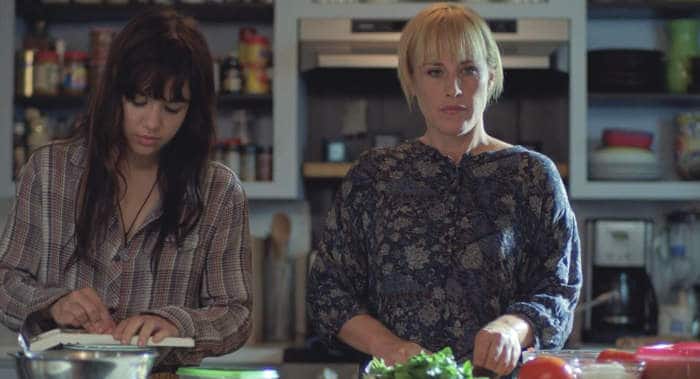
Of course, I give Boyhood recognition for determination and effort in the face of daunting logistics. After all, spending 12 years on one film project can’t be easy.
Wait! Wait!
I’m having second thoughts here. Maybe Boyhood reflects American society’s desire for normalcy — a people that want everyday life to be desirable and safe for themselves and their children. Linklater speaks about the film as “a collection of lesser moments … so, what happens in the movie? Not much.” And that is the essence of Boyhood. Not much. Juxtaposed against a society that sometimes lives in fear of its safety and future, Linklater achieved exactly what he had in mind.
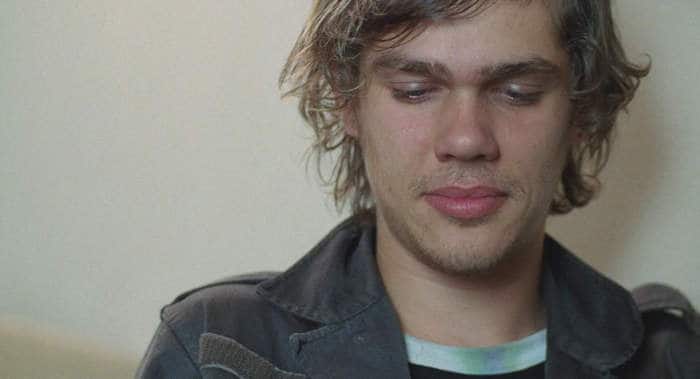
I recommend Boyhood to Linklater fans who remember their childhood as a collection of lesser moments no one else can recollect.
http://www.imdb.com/title/tt1065073/combined


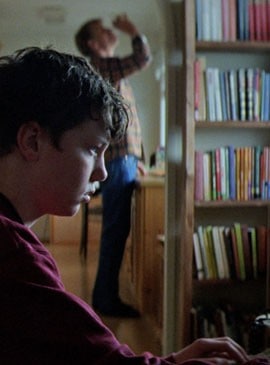 Although sexual awakening is a big part of the Coming-of-Age transformation youth goes through, it is a subject rarely addressed in cinema. And when it is, it’s often in the form of loutish comedy (as in American Pie). Films that accurately portray the reaching of a critical turning point (revolving around adolescent sexuality as it may be) that results in a loss of childhood innocence, such as Kay Pollak’s 1980 Swedish drama Children’s Island (original title: Barnens ö), are hard to come by.
Although sexual awakening is a big part of the Coming-of-Age transformation youth goes through, it is a subject rarely addressed in cinema. And when it is, it’s often in the form of loutish comedy (as in American Pie). Films that accurately portray the reaching of a critical turning point (revolving around adolescent sexuality as it may be) that results in a loss of childhood innocence, such as Kay Pollak’s 1980 Swedish drama Children’s Island (original title: Barnens ö), are hard to come by.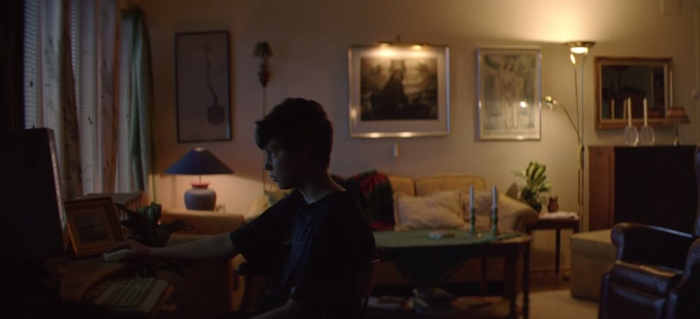
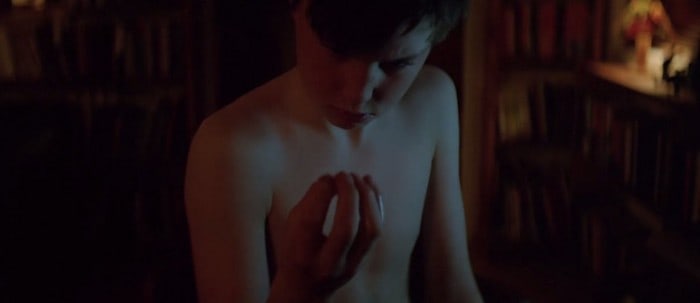
 Some Coming-of-Age movies take on teenage life often varies significantly. Some filmmakers, like Stephen Chbosky, focus on a message rather than the real life of youth out there in their films.
Some Coming-of-Age movies take on teenage life often varies significantly. Some filmmakers, like Stephen Chbosky, focus on a message rather than the real life of youth out there in their films. 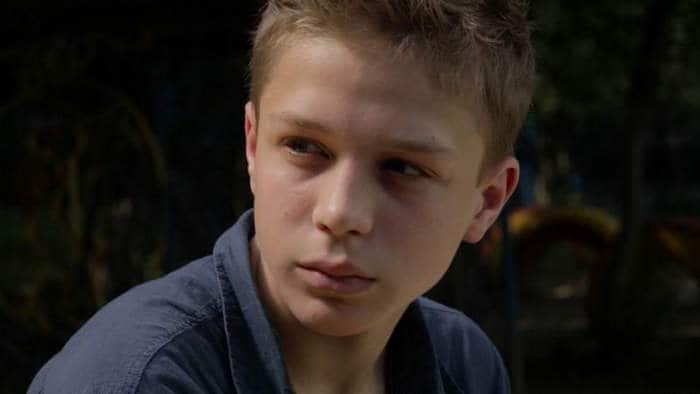
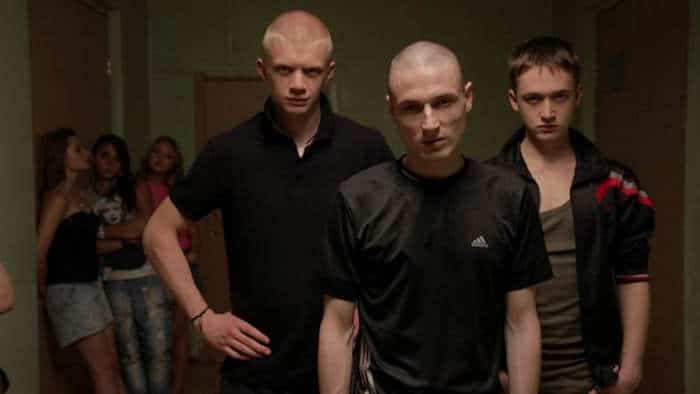
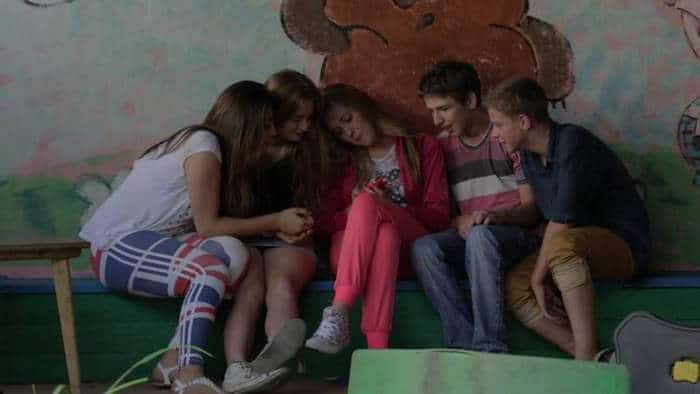


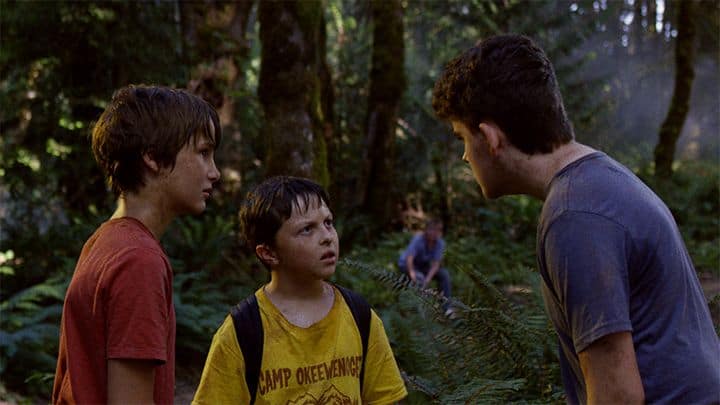
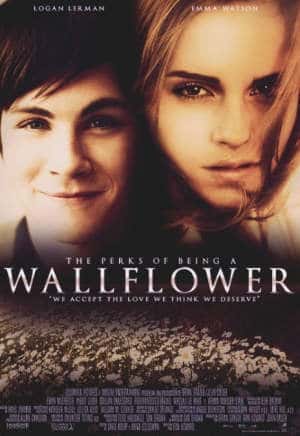 The journey from outsider to insider is the guiding theme of this excellent Coming-Of-Age drama/ romance that does almost everything right.
The journey from outsider to insider is the guiding theme of this excellent Coming-Of-Age drama/ romance that does almost everything right.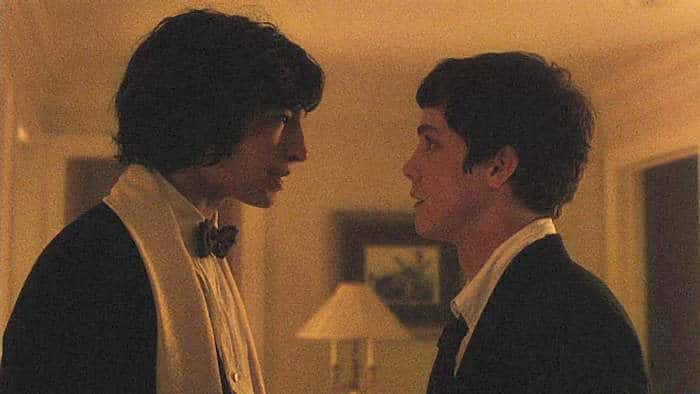
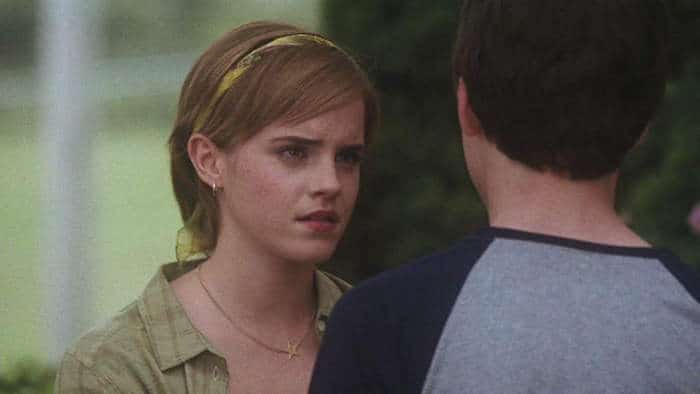
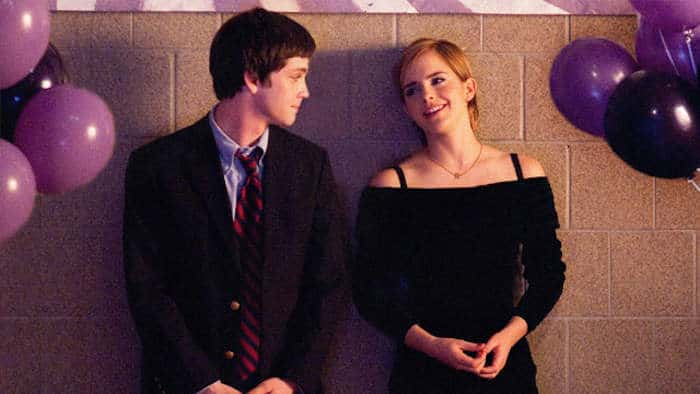
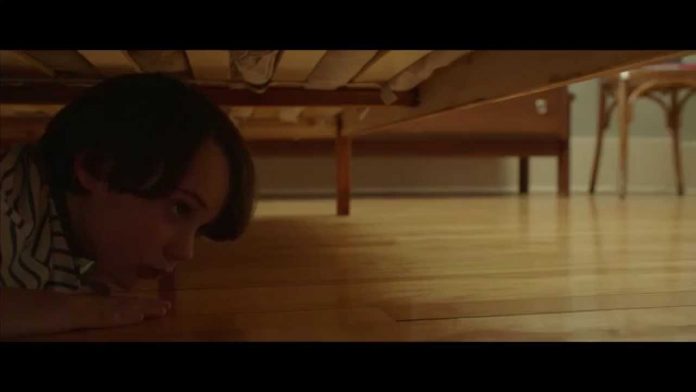
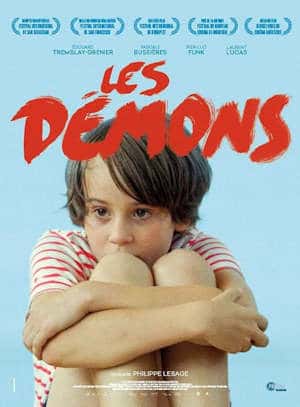 If this review of the 2015 French-Canadian film The Demons (Les Démons) makes you as uncomfortable as I am writing it, it’s achieved its goal.
If this review of the 2015 French-Canadian film The Demons (Les Démons) makes you as uncomfortable as I am writing it, it’s achieved its goal.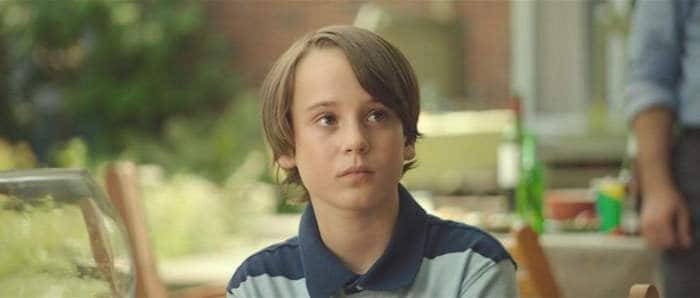

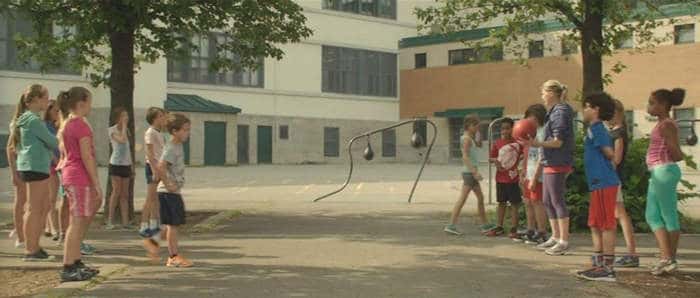

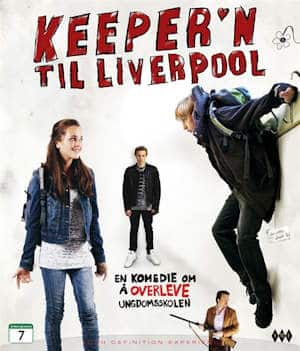 If one judges a movie by its title, the 2010 Norwegian film by Arild Andresen, The Liverpool Goalie, could be easily mistaken for a sports-oriented flick. You know the kind:
If one judges a movie by its title, the 2010 Norwegian film by Arild Andresen, The Liverpool Goalie, could be easily mistaken for a sports-oriented flick. You know the kind: 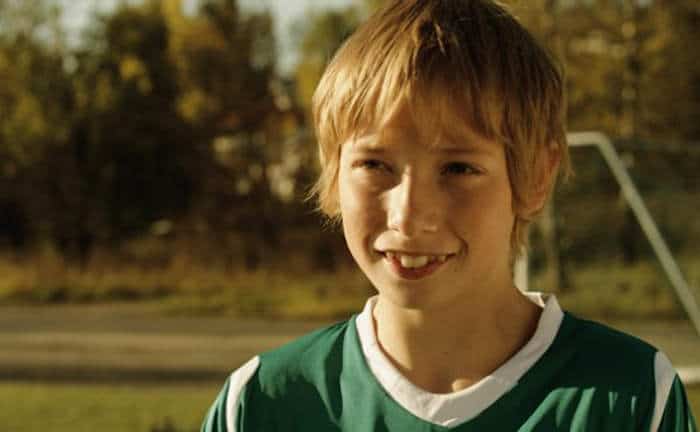
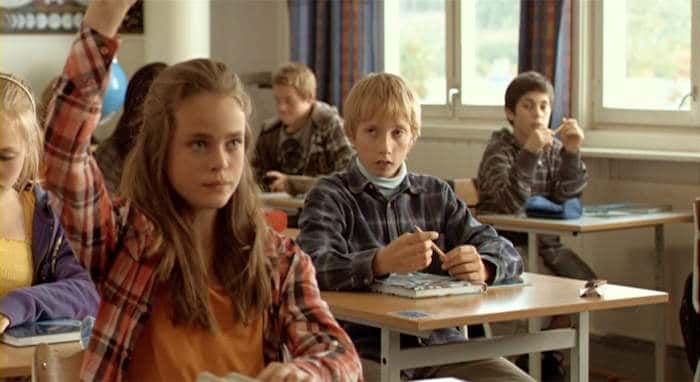

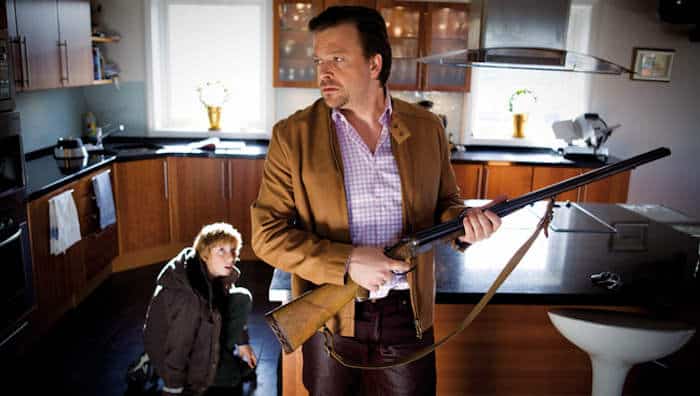
 If you want to feel the pulse of modern youth, Scandinavian cinema is the way to go. These movies feature upbeat music scores in line with what today’s young people are really listening to, new creative camerawork (increasingly drones are being used as a cinematic tool) and all-around talented child actors. For the latter, often amateurs with no previous acting experience can be viewed delivering natural, true-to-life performances.
If you want to feel the pulse of modern youth, Scandinavian cinema is the way to go. These movies feature upbeat music scores in line with what today’s young people are really listening to, new creative camerawork (increasingly drones are being used as a cinematic tool) and all-around talented child actors. For the latter, often amateurs with no previous acting experience can be viewed delivering natural, true-to-life performances.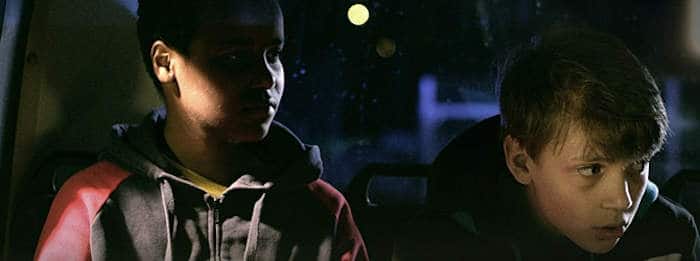

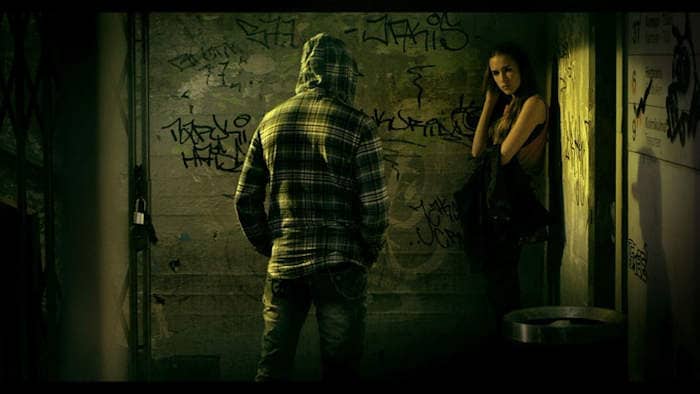 Unfortunately, despite its excellent opening and intriguing story, during the last 30 minutes of the film the poignant and true-to-life narrative somehow transforms into cheesy nonsense. The story’s final resolution is so weak and meaningless that it makes one wonder if all of a sudden the filmmakers got scared of potentially losing their pre-teen audiences by having an acute, realistic finale. A hijacked bus and hot pursuit may excite some people, but after enjoying a suspenseful and intriguing drama, I found the sudden mood swing to be very insulting.
Unfortunately, despite its excellent opening and intriguing story, during the last 30 minutes of the film the poignant and true-to-life narrative somehow transforms into cheesy nonsense. The story’s final resolution is so weak and meaningless that it makes one wonder if all of a sudden the filmmakers got scared of potentially losing their pre-teen audiences by having an acute, realistic finale. A hijacked bus and hot pursuit may excite some people, but after enjoying a suspenseful and intriguing drama, I found the sudden mood swing to be very insulting.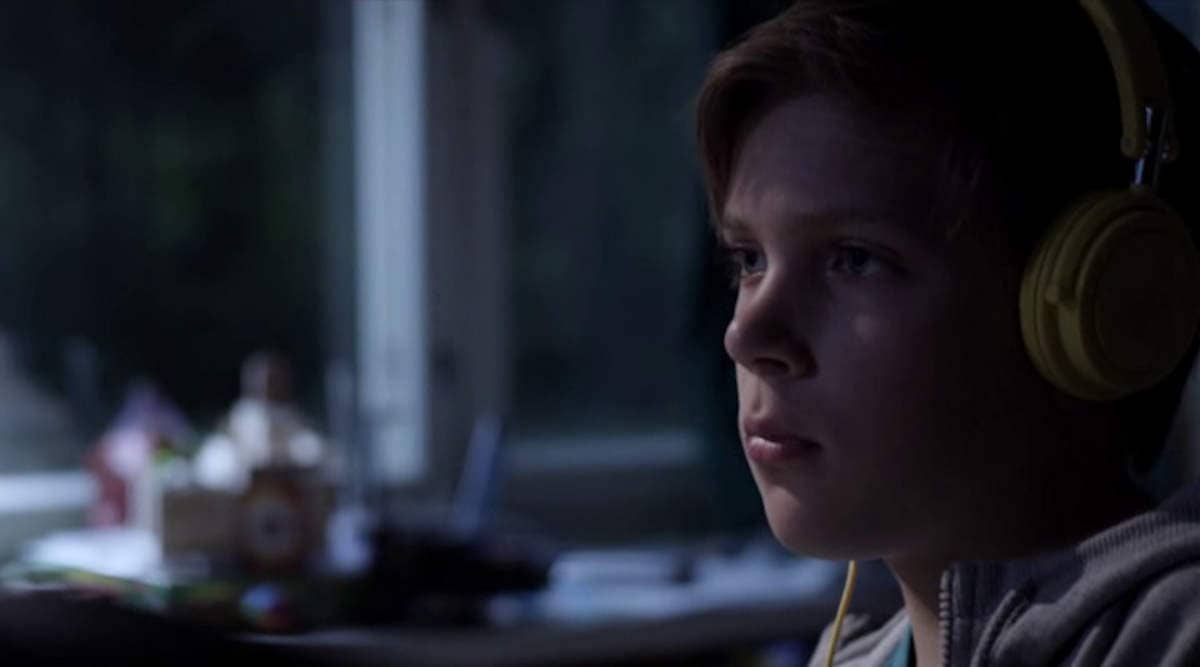
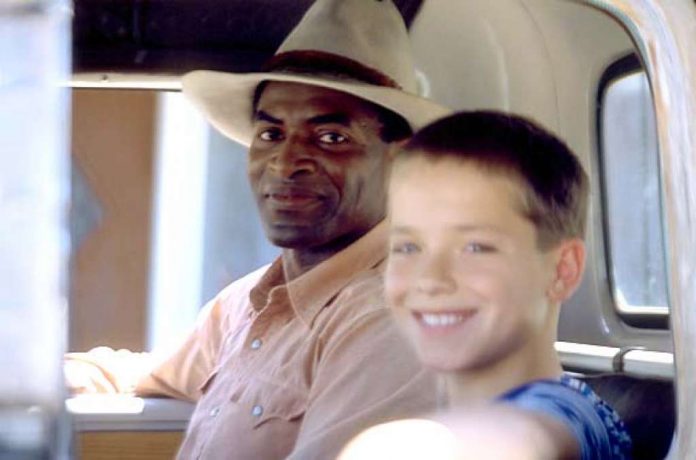
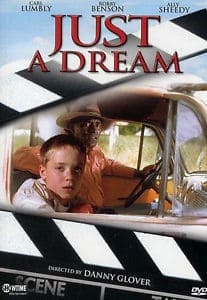 A twelve-year-old boy (Jeremy Sumpter) Comes-of-Age (what his father refers to as: “becomes enlighted”), while spending a summer of his young life working in a bar in Danny Glover‘s 2002 American drama – Just a Dream.
A twelve-year-old boy (Jeremy Sumpter) Comes-of-Age (what his father refers to as: “becomes enlighted”), while spending a summer of his young life working in a bar in Danny Glover‘s 2002 American drama – Just a Dream.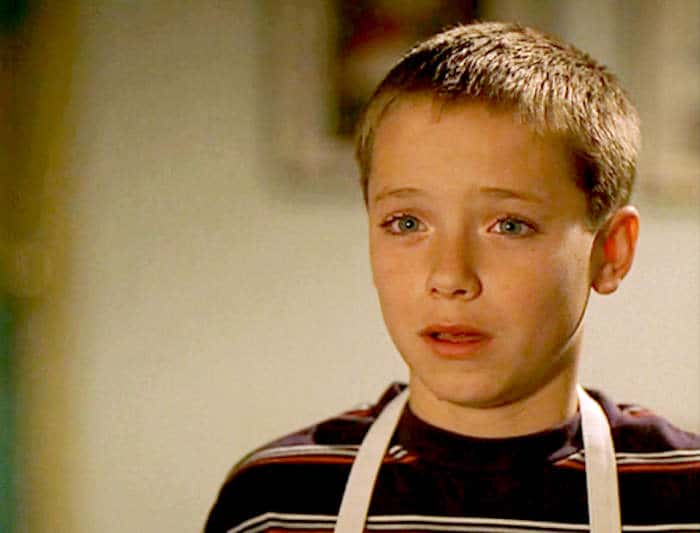
 It’s a good thing those scenes are not that frequent, especially compared to those in which Jeremy Sumpter appears, which is just about every scene of the film.
It’s a good thing those scenes are not that frequent, especially compared to those in which Jeremy Sumpter appears, which is just about every scene of the film.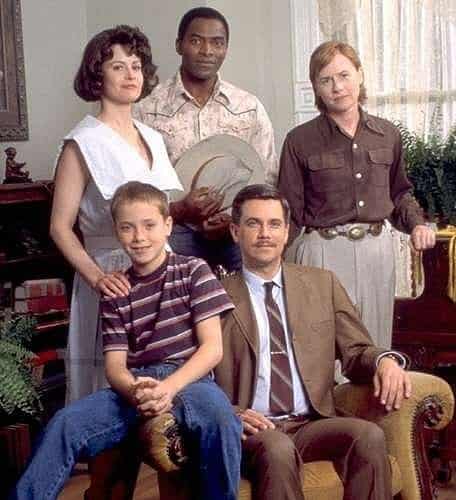
 I read an article in an on-line newspaper in which the columnist refers to the characters in Roberto Minervini’s Low Tide (2012), as “trailer trash”. The article has since disappeared but it provoked me into writing this review about the life of a 12-year old boy (newcomer Daniel Blanchard) and his mother (Melissa McKinney — who, in real life, is Daniel’s sister).
I read an article in an on-line newspaper in which the columnist refers to the characters in Roberto Minervini’s Low Tide (2012), as “trailer trash”. The article has since disappeared but it provoked me into writing this review about the life of a 12-year old boy (newcomer Daniel Blanchard) and his mother (Melissa McKinney — who, in real life, is Daniel’s sister).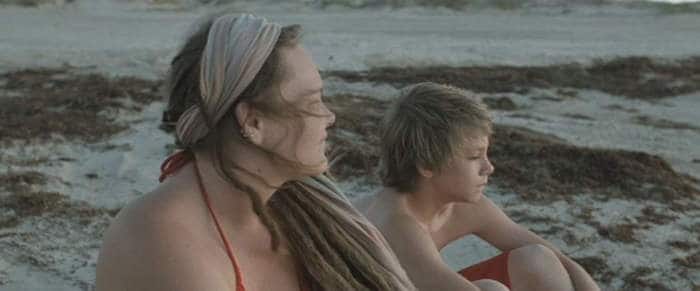
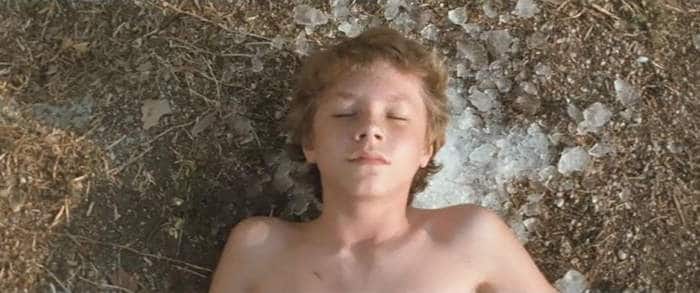
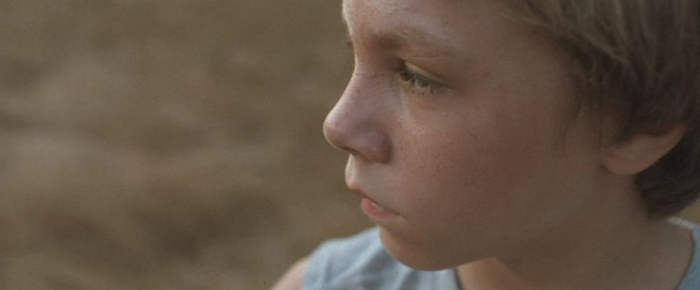
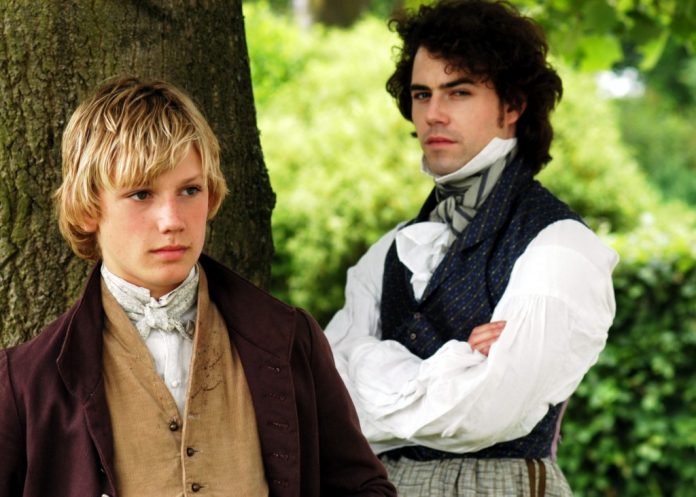
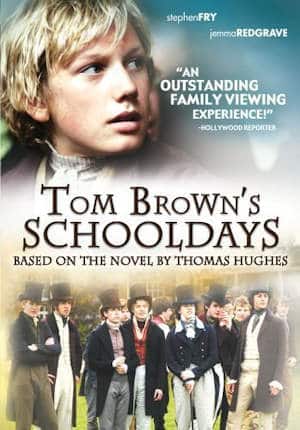 From the novel of renowned author, Thomas Hughes, comes a remarkably powerful story of Victorian England where rugby school dormitories were left to their own devices and new boys were subjected to extreme bullying by the seniors until they had proven their manliness.
From the novel of renowned author, Thomas Hughes, comes a remarkably powerful story of Victorian England where rugby school dormitories were left to their own devices and new boys were subjected to extreme bullying by the seniors until they had proven their manliness.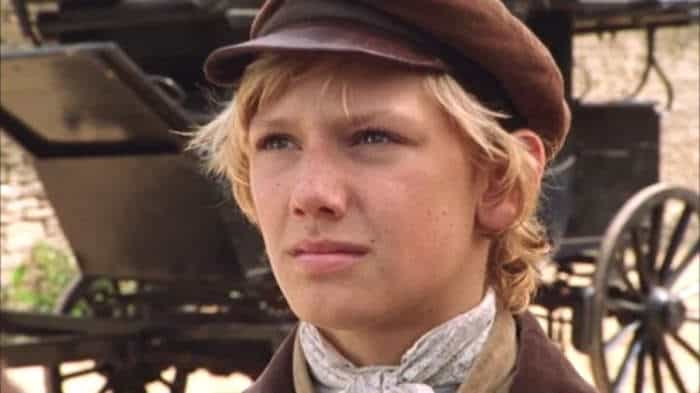
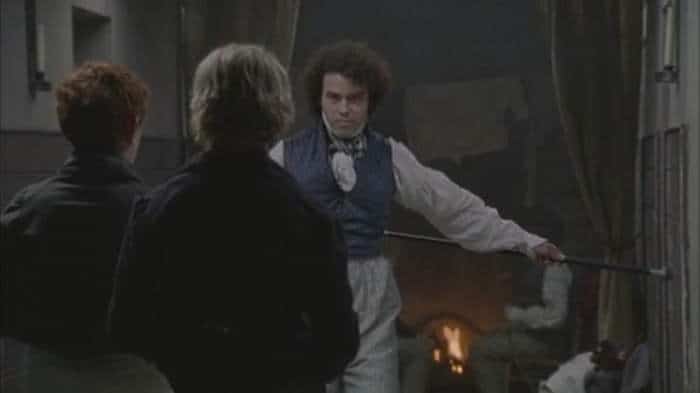
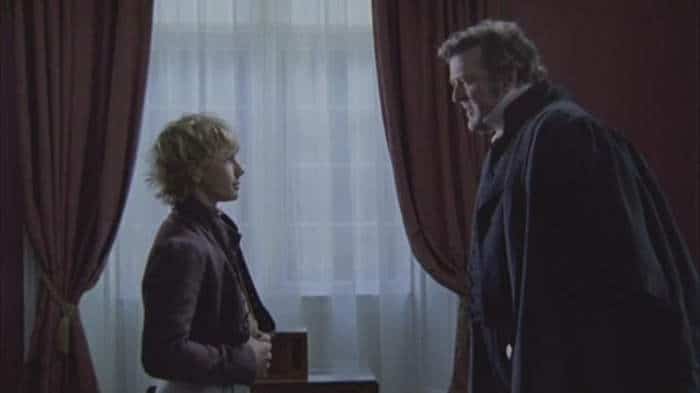

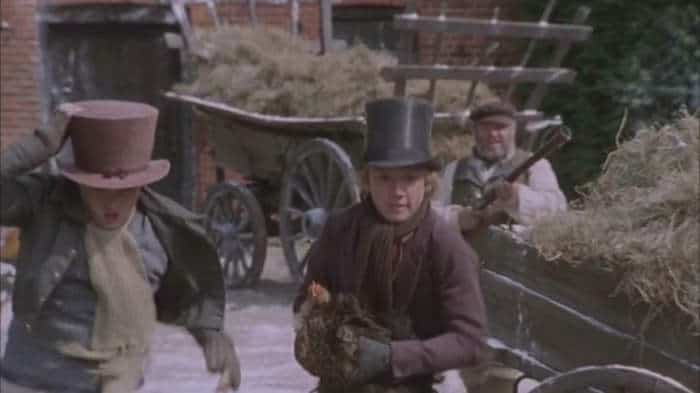
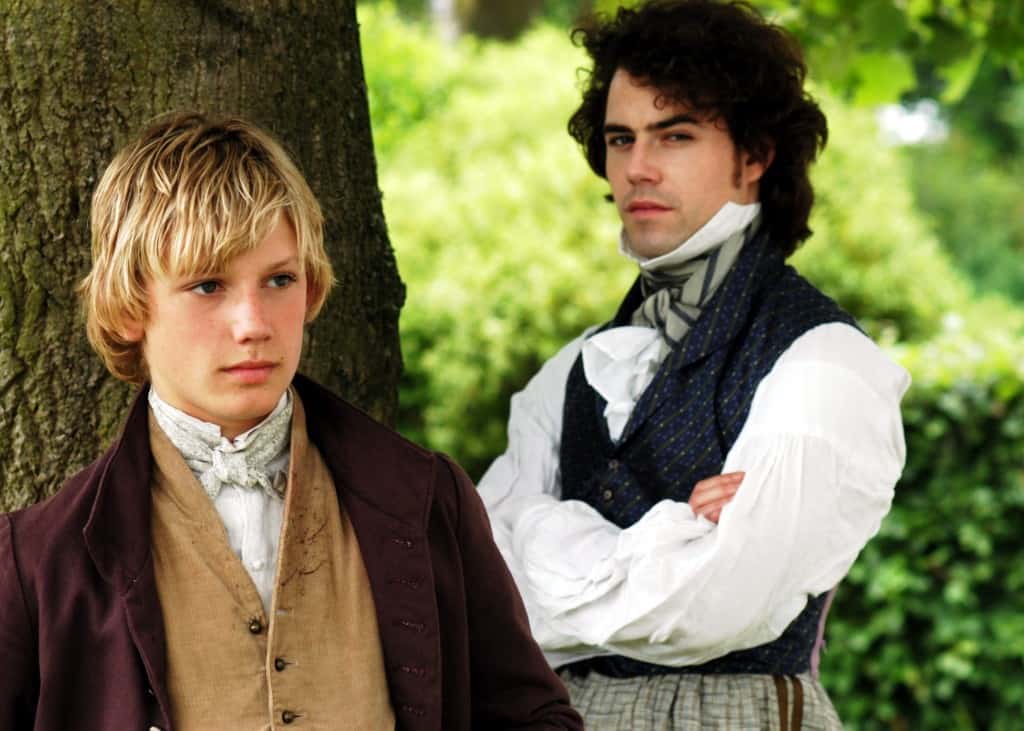
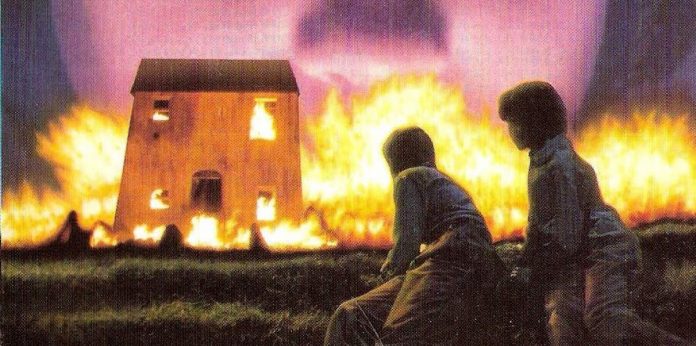
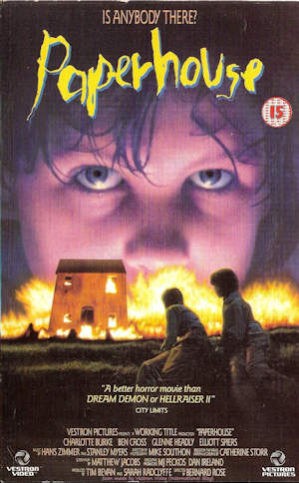 It is all so confusing!
It is all so confusing!